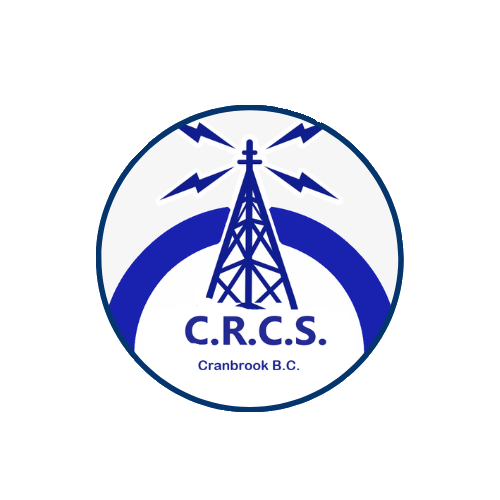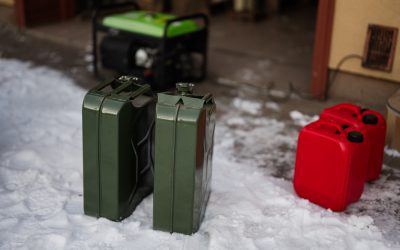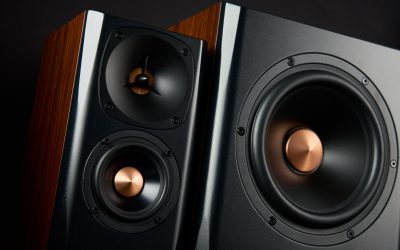At Cranbrook Radio Club Society (CRCS), we understand that mastering various operating techniques is key to enhancing your amateur radio experience. One such technique is operating split frequency on HF bands—a method that can significantly improve communication efficiency, especially during DX operations. In this guide, we’ll explore what split frequency operation entails, why it’s beneficial, and how you can implement it effectively.
Understanding Split Frequency Operation
What Is Split Frequency?
Split frequency operation involves transmitting on one frequency while receiving on another. This technique is commonly used during DX (long-distance) communications to manage large numbers of calling stations and reduce interference. By separating the transmit and receive frequencies, operators can maintain clearer communication channels.
Why Use Split Frequency?
When a DX station is active, it often attracts numerous stations attempting to make contact simultaneously, leading to a “pile-up.” Operating split allows the DX station to transmit on a specific frequency and listen on a range of frequencies, enabling them to pick out individual callers more effectively. This approach minimizes overlapping transmissions and enhances the chances of successful contacts.
How to Operate Split Frequency on HF
Step 1: Identify the DX Station’s Transmit and Receive Frequencies
Listen carefully to the DX station’s instructions. They might say something like “listening up 5,” indicating they are transmitting on a certain frequency and listening 5 kHz higher. For example, if the DX station is transmitting on 14.200 MHz and says “listening up 5,” they are listening on 14.205 MHz.
Step 2: Configure Your Transceiver
Most modern HF transceivers support split operation. Here’s a general guide:
- Set VFO A (Receive Frequency): Tune to the DX station’s transmit frequency (e.g., 14.200 MHz).
- Set VFO B (Transmit Frequency): Tune to the frequency where the DX station is listening (e.g., 14.205 MHz).
- Activate Split Mode: Enable the split function on your transceiver. This setting tells your radio to receive on VFO A and transmit on VFO B.
Refer to your transceiver’s manual for specific instructions, as the process may vary between models.
Step 3: Monitor and Call Appropriately
Before transmitting, listen to the DX station’s pattern of responding to callers. They may be moving up or down the listening range. By understanding their pattern, you can position your transmission where they are likely to hear you. When it’s your turn, transmit your call sign clearly and briefly.
Tips for Effective Split Operation
-
Patience is Key: Avoid transmitting over others. Wait for the right moment to call.
-
Use Headphones: This helps in discerning the DX station’s responses amidst the noise.
-
Log Contacts Accurately: Keep track of your contacts, noting the frequencies and times.
-
Respect Instructions: If the DX station specifies regions or call sign numbers, adhere to these guidelines.
Operating split frequency on HF bands is a valuable skill that enhances your ability to make successful contacts during busy DX operations. By understanding the concept and practicing proper techniques, you contribute to more efficient and enjoyable amateur radio communications.
At CRCS, we encourage all operators to familiarize themselves with split operation. Whether you’re a seasoned ham or new to the hobby, mastering this technique will undoubtedly enrich your on-air experiences.




